Team Name
Euporie Studios
Timeline
Summer 2022 – Fall 2022
Students
- Matthew Green
- Robert Kembel
- Jacob Lanham
- Bradley Miettinen
Sponsor
Chris Conly
Abstract
The purpose of this project is to contribute an original piece of art to the entertainment industry. We wish to pull the audience into our imagination where they can engage with unique experiences designed to challenge, inspire, and entertain. The result will be a interactive expression of our creativity which will test and grow the development skills of the team.
Background
Dead Space and the Alien franchise were pioneers in the sci-fi horror game genre with the last of these games being Alien Isolation released in 2014. There have been several titles of the same ilk released since then, but none have reached the same level of popularity. In an effort to reclaim and reinterpret the magic of the originals and take advantage of this hole in the market, a new slate of space station horror shooters were announced at the 2022 Summer Game Fest event. Our team will take advantage of this opportunity to develop our own demo in the genre.
Project Requirements
- Environment
- for the characters to inhabit
- UI
- to display information and menus to the player
- Inventory
- to store weapons and other items
- Player Management System
- to access menus, equip items, and manage the inventory
- Combat System
- to manage the health and combat behavior of entities in the game
- Crafting
- to build new items from raw materials
- Quest System
- to manage the assigned and completed tasks of the player
System Overview
Project Calamity is a PC video game which takes input from the player via mouse and keyboard. The Player interacts with the Controller (mouse and keyboard), which in turn interacts with the game software to control the Player Character. Next there are a series of game components the player will interact with which make up the bulk of the functionality of the game.
The Environment includes all non-character assets which make up the world. Within the environment, the player will find enemies they need to fight in order to survive.
As the player explores the world, they will require a means of gathering resources – such as equipment to face the challenges ahead. This will be done via a Player Management System. At fixed points in the game, the player can access terminals to equip and craft gear, or some other kind of item. Additionally, a quest system will award the player with various materials used for crafting. The quest system tracks which quests are unfinished, in progress, or complete. The Inventory System will be implemented to allow both players and NPC’s to carry and access a fixed number of items. The player can use this to equip and remove clothes, weapons, money, etc. as well as trade items with NPC’s. The Combat System controls how players and enemies fight within the game as well as how the environment and characters respond to damage. Finally, the User Interface is what the Player sees on screen as the Player Character interacts which each of the various game components. This includes everything from menus and dialogue boxes to
health bars and navigation aides.
Results
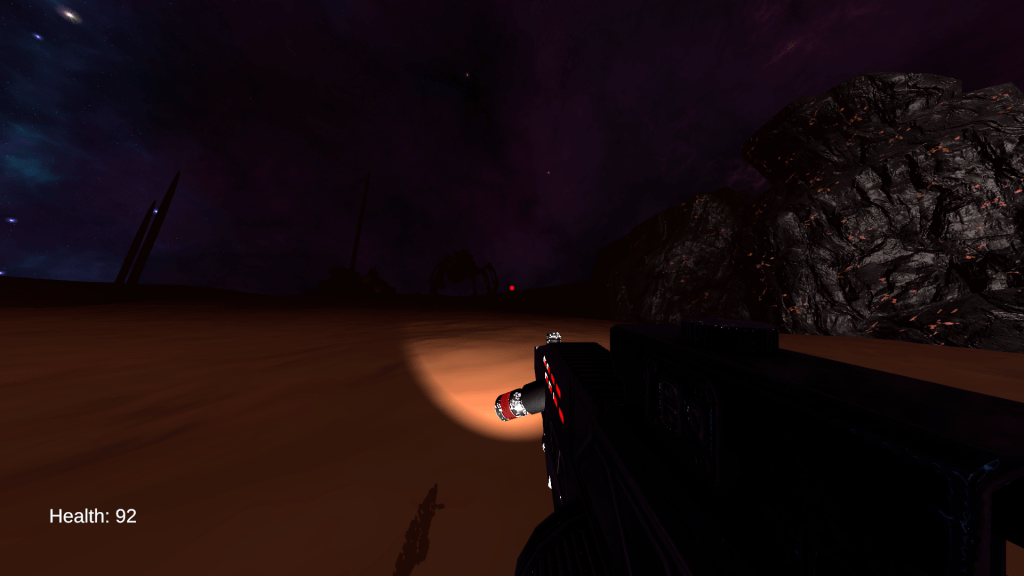
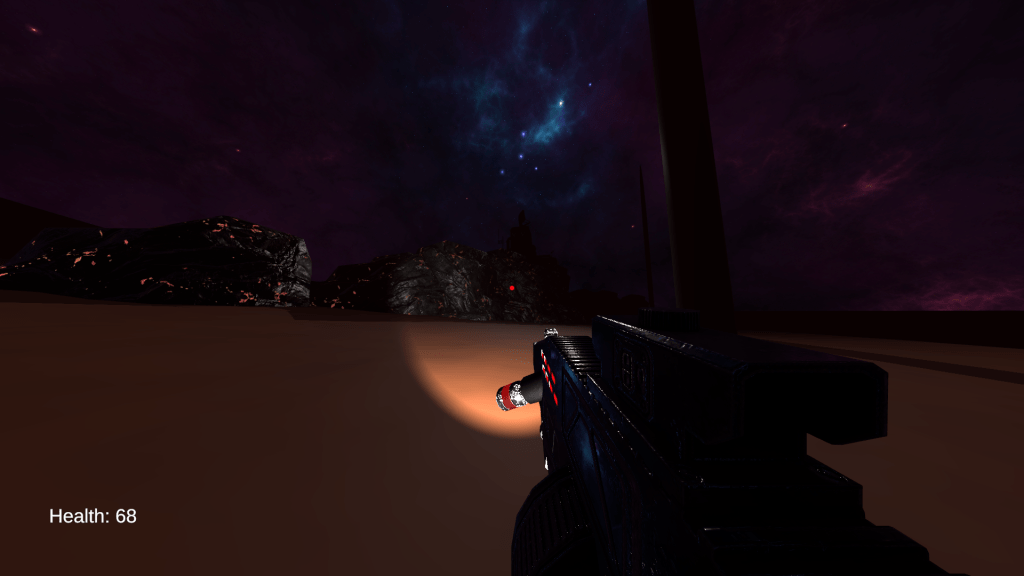
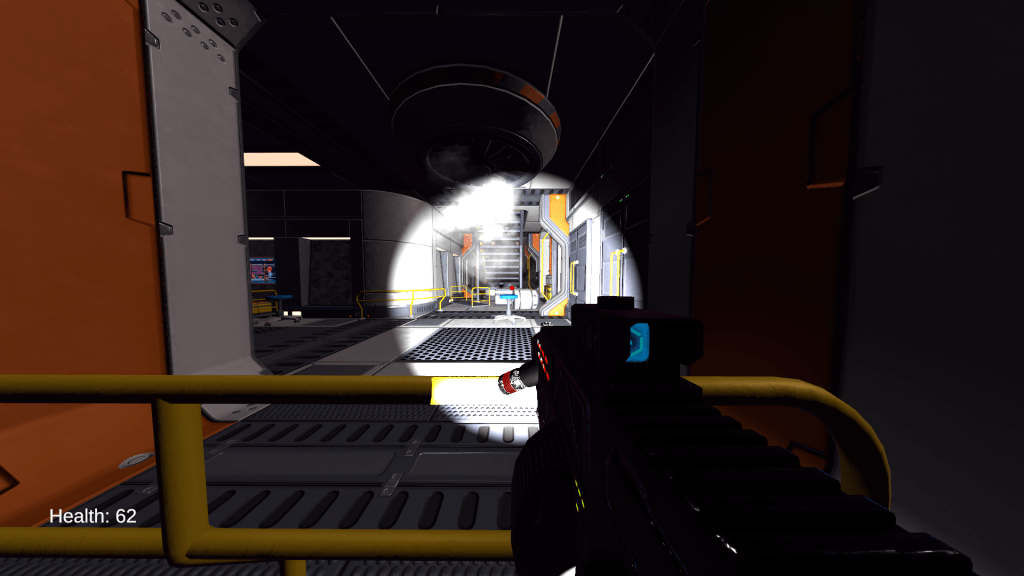
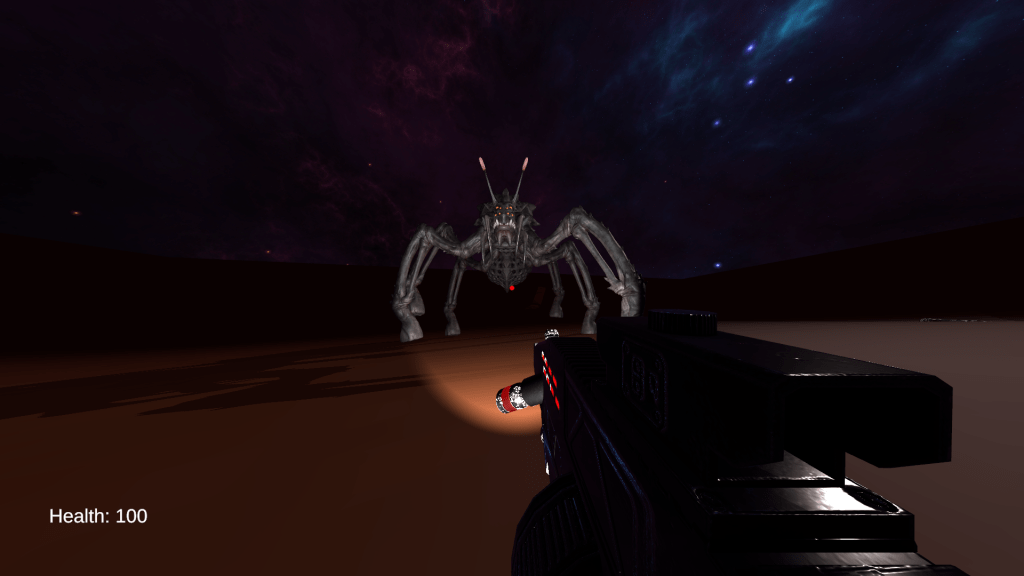
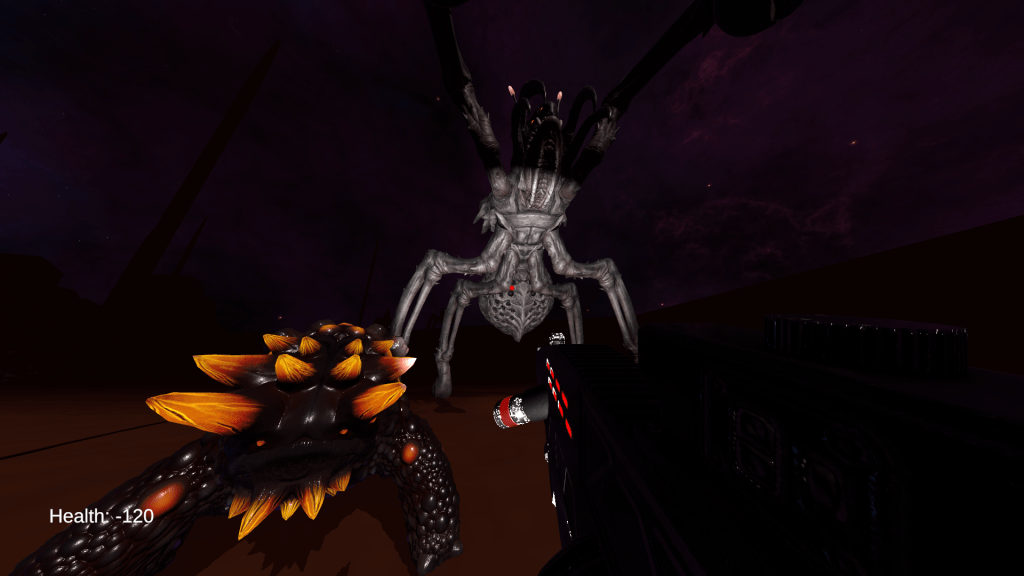
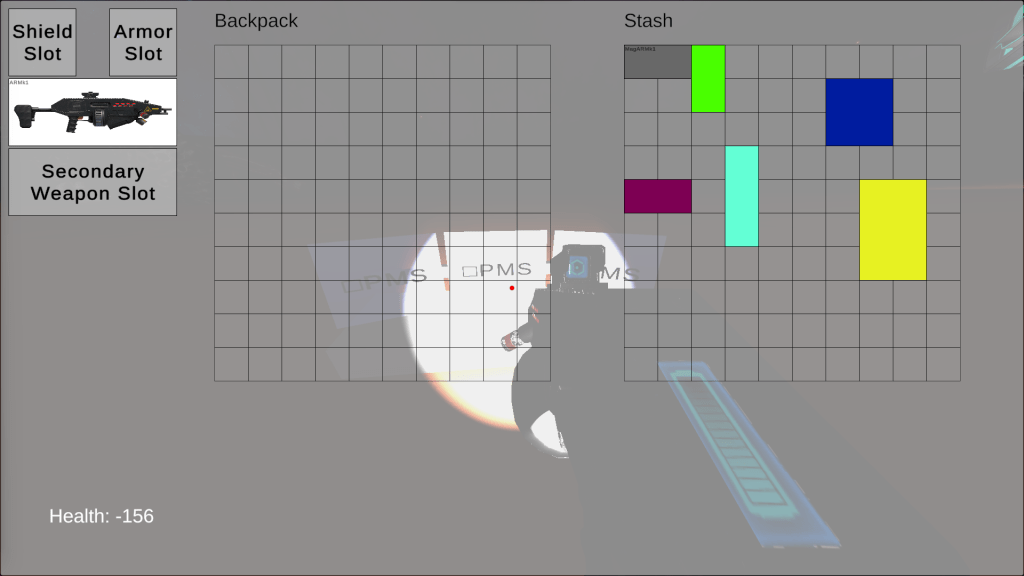
Future Work
Various systems are incomplete or not fully integrated, such as the crafting and questing systems, and will need to be finished in order to fully complete the project.
Project Files
Project Charter (link)
System Requirements Specification (link)
Architectural Design Specification (link)
Detailed Design Specification (link)
Poster (link)
Code Documentation (link)
Source Code (link)
Demo Video (link)